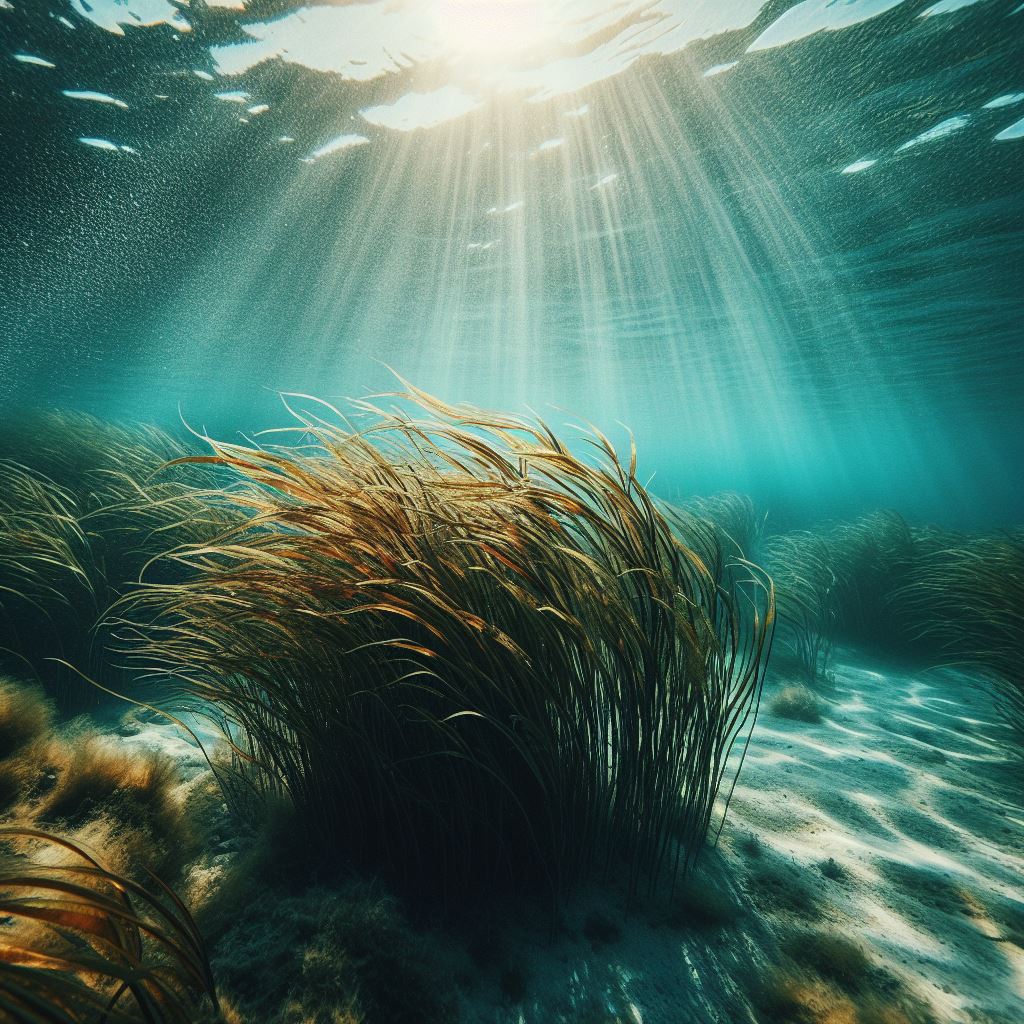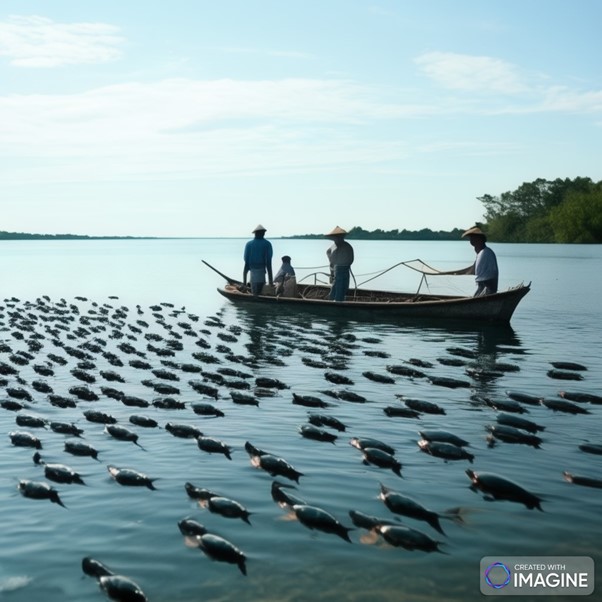Impact of Water Pollution toward Aquaculture Industry
Article By: Farah Izana Abdullah
Water pollution can have significant impacts on aquaculture, which refers to the farming of fish, crustaceans, mollusks, and other aquatic organisms. Aquaculture relies on maintaining a suitable water environment for the growth and survival of the farmed species. When water becomes polluted, it can have several detrimental effects on aquaculture operations:
- Reduced Water Quality: Water pollution introduces various contaminants such as chemicals, heavy metals, pesticides, and excess nutrients into the aquatic environment. These pollutants can degrade water quality, affecting the health and growth of aquaculture species. Poor water quality can lead to increased stress levels, decreased immune function, and reduced reproductive success in farmed organisms.
- Disease Outbreaks: Polluted water can promote the spread of diseases among aquaculture species. Pathogens and parasites thrive in polluted environments, increasing the risk of disease outbreaks. Aquaculture facilities with inadequate water treatment or located in areas with high pollution levels may experience higher rates of infections, which can result in economic losses and the need for disease management strategies.
- Altered Oxygen Levels: Water pollution can disrupt the oxygen balance in aquatic systems. Excessive nutrient runoff, such as from agricultural activities or untreated wastewater, can lead to algal blooms. These blooms consume oxygen during their decomposition process, depleting oxygen levels in the water. Low oxygen concentrations can cause fish kills and negatively impact the growth and survival of aquaculture species.
- Accumulation of Toxins: Some pollutants, such as heavy metals and industrial chemicals, can bioaccumulate in aquatic organisms. As aquaculture species feed on contaminated food sources or directly absorb pollutants from the water, these toxins can accumulate in their tissues. Over time, the concentration of toxins may reach harmful levels, rendering the farmed organisms unfit for human consumption and jeopardizing the economic viability of aquaculture operations.
- Impact on Ecosystems: Aquaculture facilities are often located in natural water bodies, such as lakes, rivers, or coastal areas. Water pollution from aquaculture operations, including nutrient-rich effluents and excess feed, can contribute to eutrophication and disrupt the balance of natural ecosystems. Altered nutrient levels and ecological changes can lead to shifts in biodiversity, including the proliferation of invasive species, negatively affecting the overall health and function of the ecosystem.
To mitigate the impact of water pollution on aquaculture, proactive measures such as proper wastewater treatment, responsible use of chemicals and antibiotics, and site selection criteria that consider water quality parameters are essential. Government regulations and industry best practices play a crucial role in ensuring sustainable aquaculture practices and protecting both the environment and the economic viability of the industry.
Date of Input: 26/06/2023 | Updated: 27/07/2023 | s_humaira
MEDIA SHARING




























